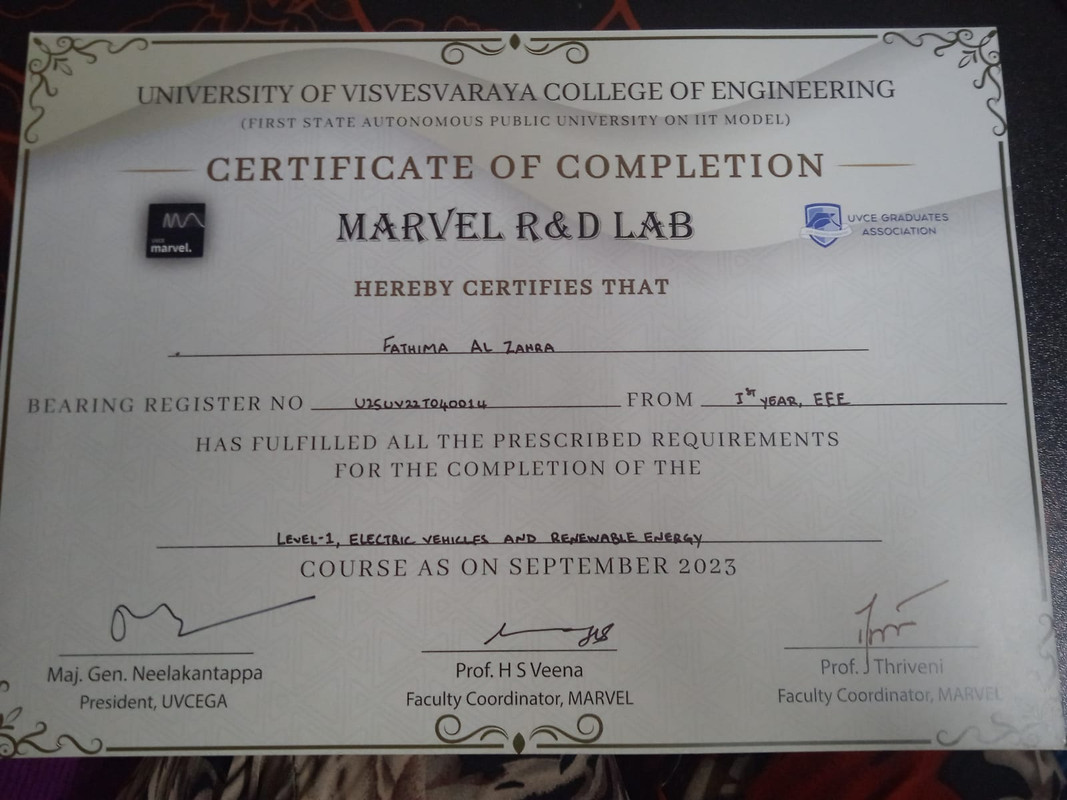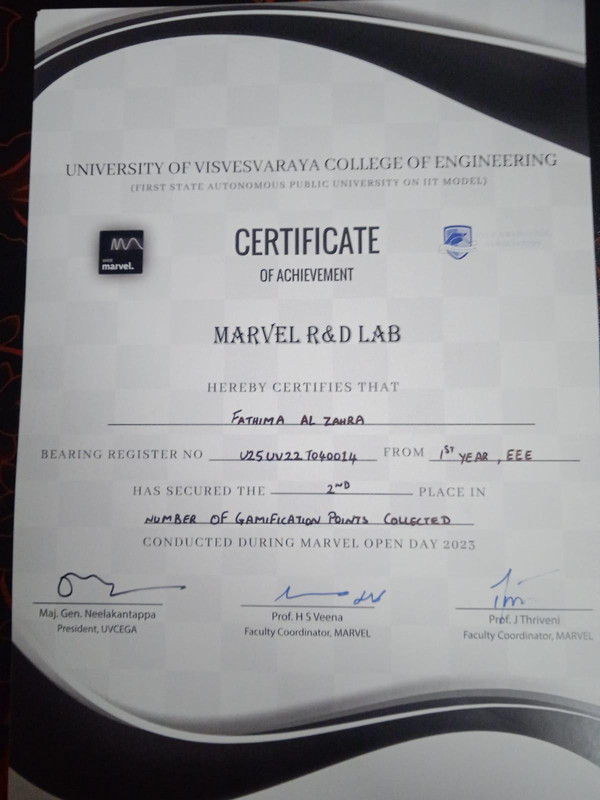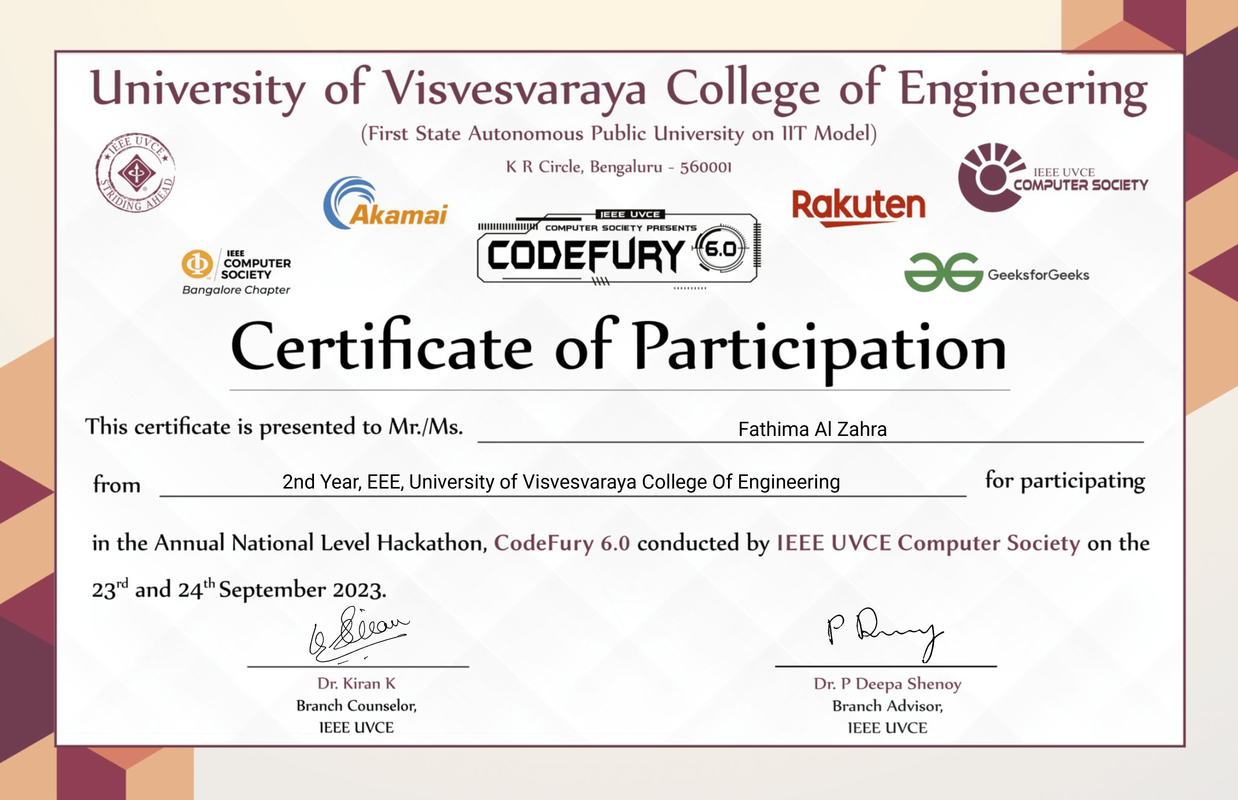
COURSEWORK
Fathima's EV-RE-001 course work. Lv 2
| Fathima Zahra | AUTHOR | ACTIVE |

LEVEL-1 Domain Coursework
4 / 6 / 2023
Level 1 Tasks
1. Speed control of a DC Motor:
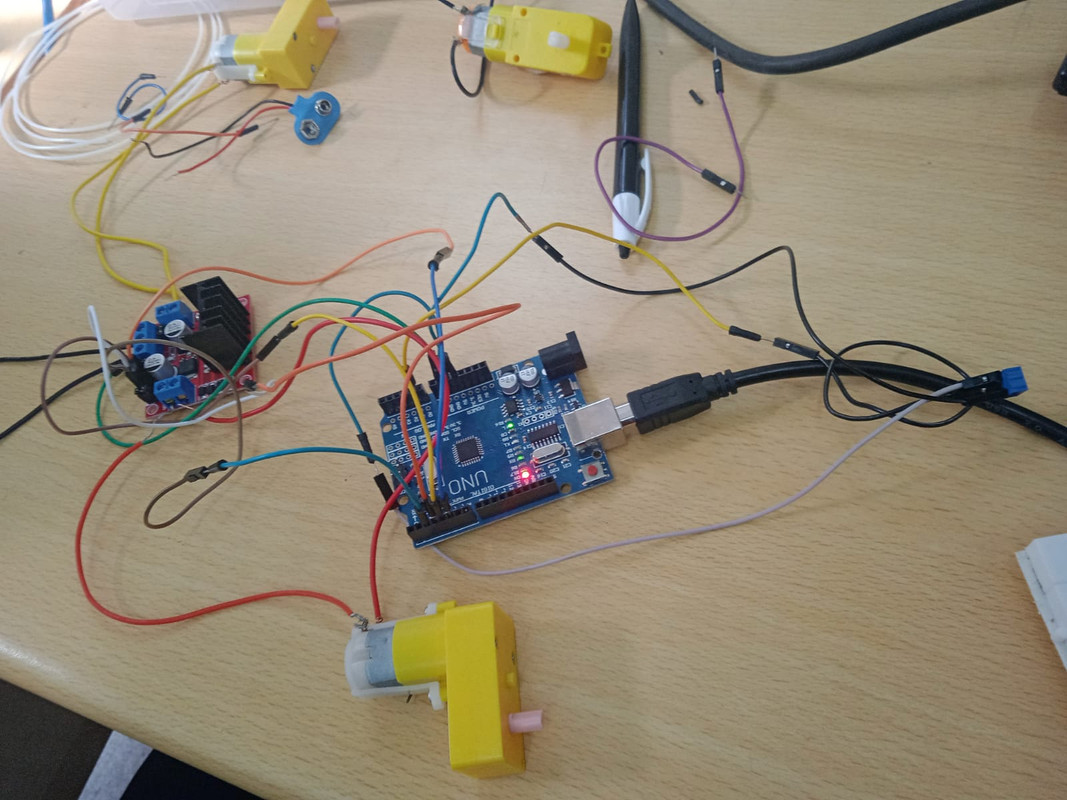
Skills & knowledge acquired: Learning about how a dual H-bridge 293D motor driver works and building a setup by connecting it to the Arduino, Voltage supplier and DC Motors to control their speed with the help of a Potentiometer.
2. Direction control of a DC Motor:
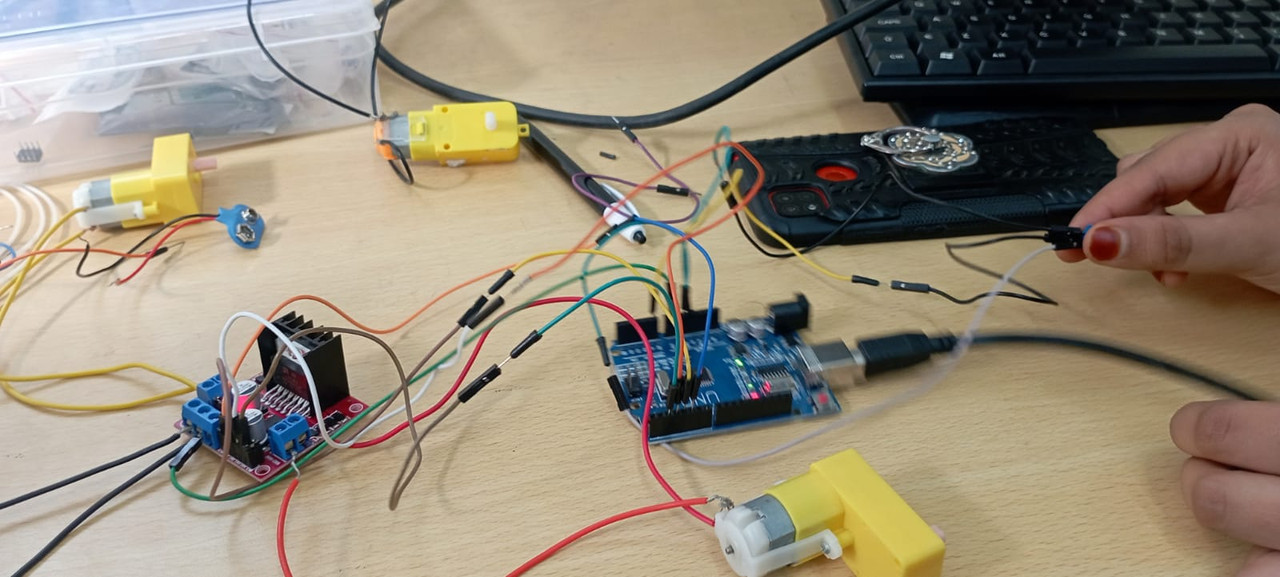
Skills & knowledge acquired: Further learning to control the direction of rotation of the DC Motor shaft with the help of a potentiometer by twisting it using a screwdriver. Also, uploading the correct code to the Arduino to get the desired output for direction control of the DC Motor.
Components required for Task 1 & 2:
> Arduino Uno
> Hobbyist DC gear motors
> L293D Motor Driver
> Jumper Wires
> Potentiometer
> Voltage Supplier
> USB Cable
3. Point turn of a vehicle:
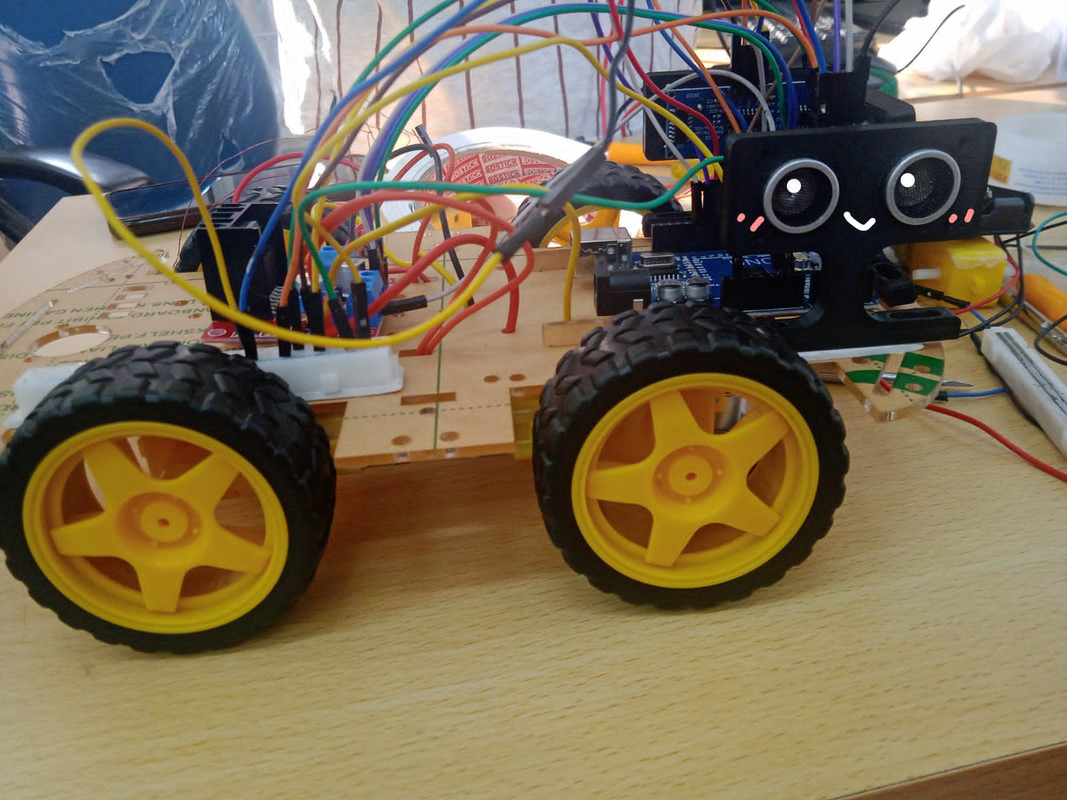
Skills & knowledge acquired: Using the knowledge gained from the previous two tasks and applying it for point turn or three-point turn of a vehicle (A four-wheeled vehicle changes its direction about its axis of rotation by 180 degrees in the opposite direction in case of limited space or if the road is too narrow for a U-turn).
This is done by uploading the required code to the Arduino which will send a PWM signal/command to the motor driver to rotate the wheels attached to dc motors in one side of the vehicle in clockwise direction and the other side wheels in anti-clockwise direction, thus producing a point turn.
4. Ultrasonic sensor in the Vehicle:
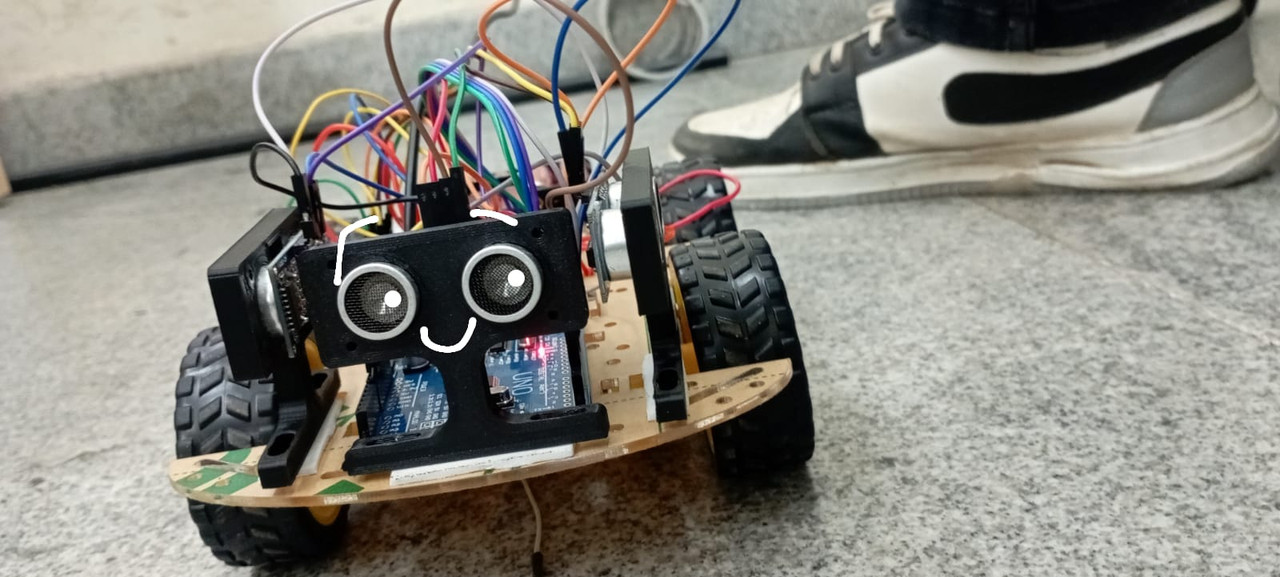
Skills & knowledge acquired: Learning to use the HC-SR04 Ultrasonic Distance Sensors in the vehicle for detecting the distance to an object using SONAR technology. Hence, it makes the vehicle detect obstacles in its path causing it to change its direction and move accordingly as per the required code uploaded to the Arduino.
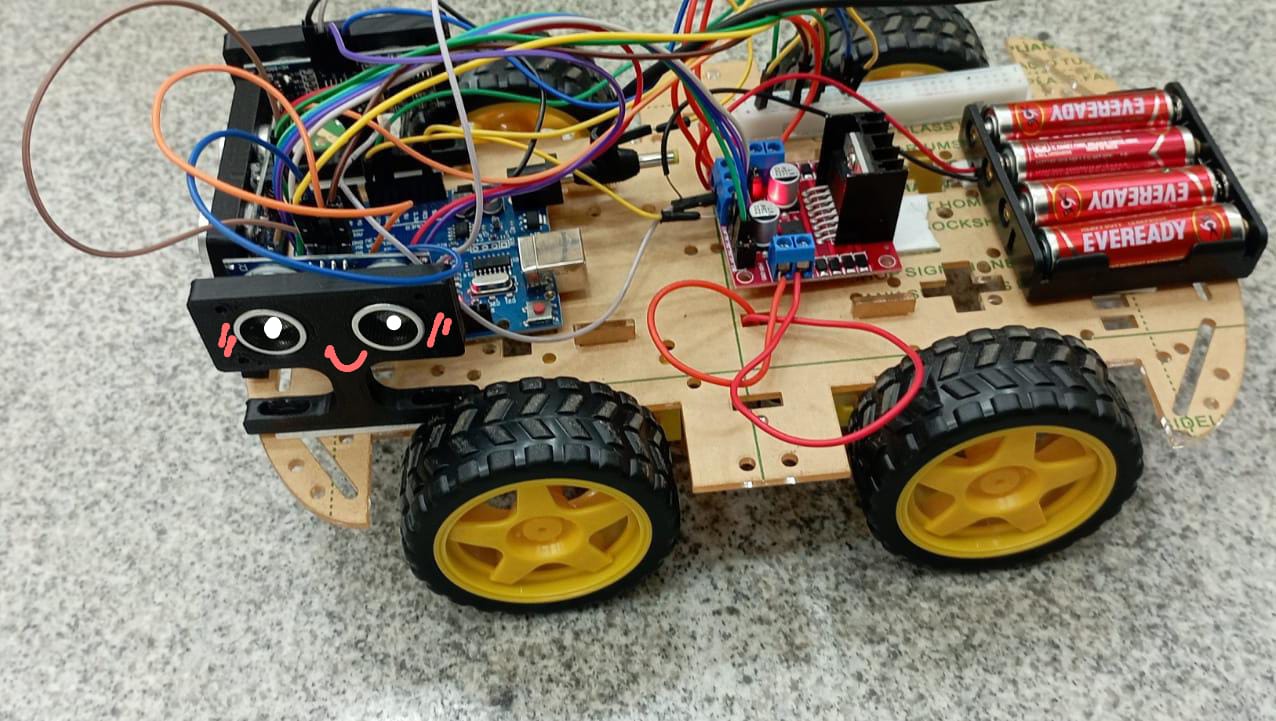
5. Working with LT-SPICE:
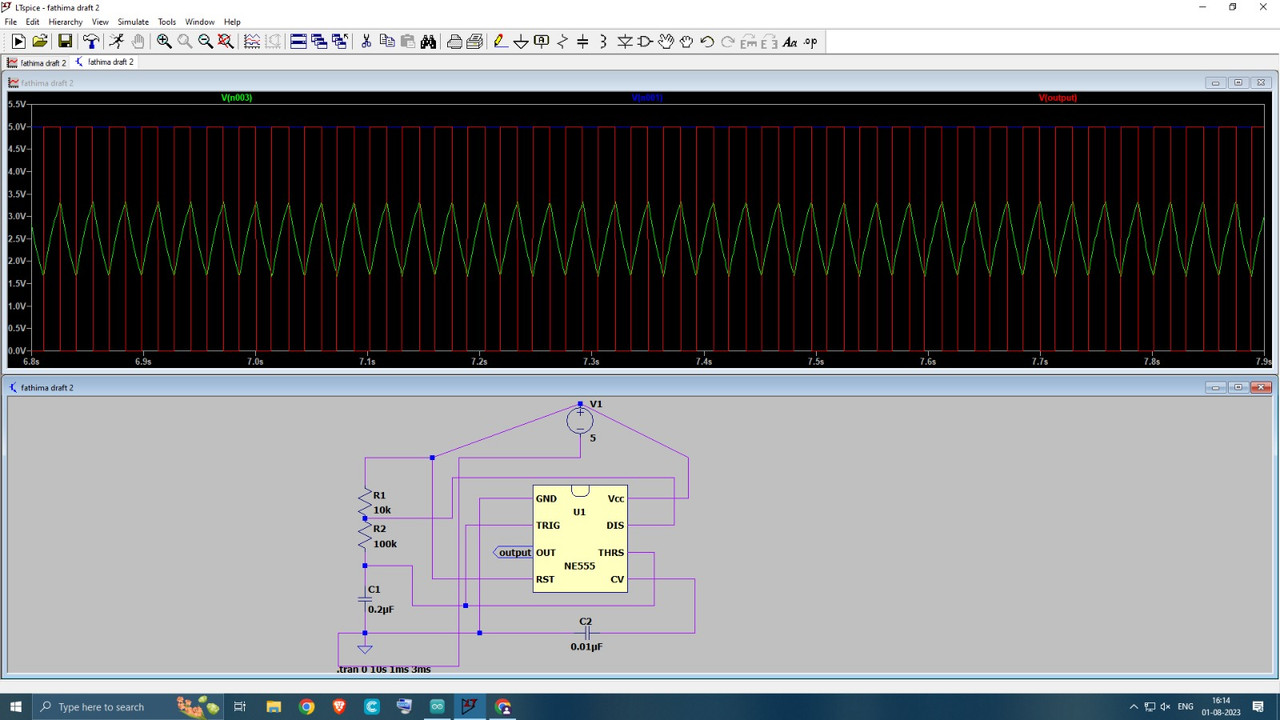
Skills & knowledge acquired: LTspice is a SPICE-based analog electronic circuit simulator computer software, produced by semiconductor manufacturer Analog Devices (originally by Linear Technology). Though, its free to use, LTspice is not artificially restricted to limit its capabilities (no feature limits, no node limits, no component limits, no subcircuit limits).
Explored the different features of this software and learned to design the circuit schematics of an astable multivibrator using 555 timer on this electronic stimulation software and simulate it through a built-in SPICE(an online open source program used in ICs to check circuit design and behavior) simulator.
6. Temperature Detection:
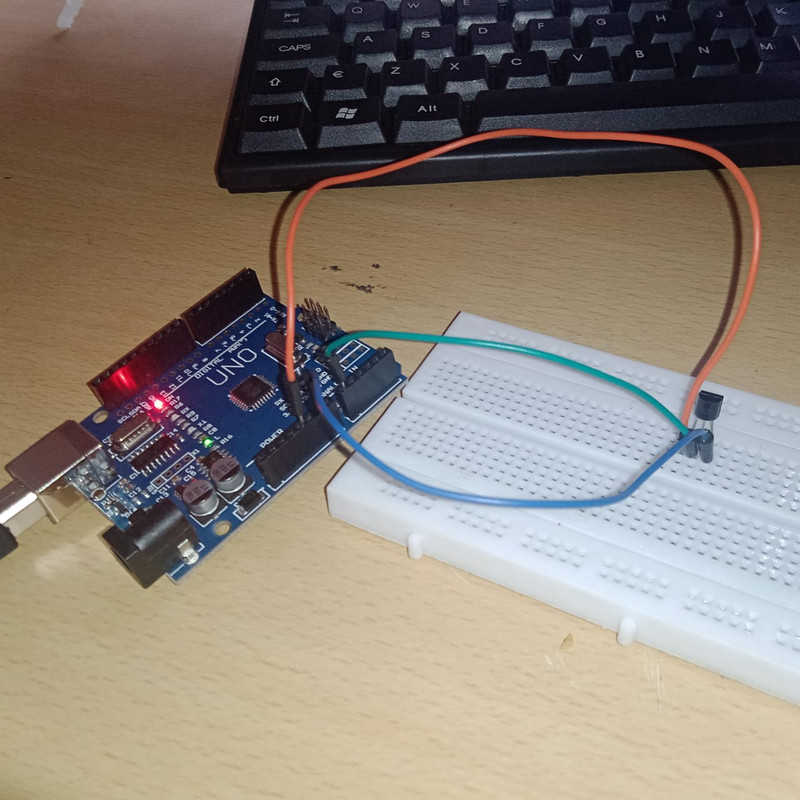

Skills & knowledge acquired: The LM35 is a low voltage, precision centigrade temperature sensor manufactured by Texas Instruments. It provides a voltage output that is linearly proportional to the temperature in °C and hence accurately measures the temperature of the air around it.
It implies a solid-state mechanism. It makes use of the decrease of voltage drop across the base and emitter of the in-built diode connected transistor due to temperature increase. Then, it amplifies this voltage change to generate an analog signal that is proportional to varying temperature in the air.
7. Temperature and Humidity Detection:
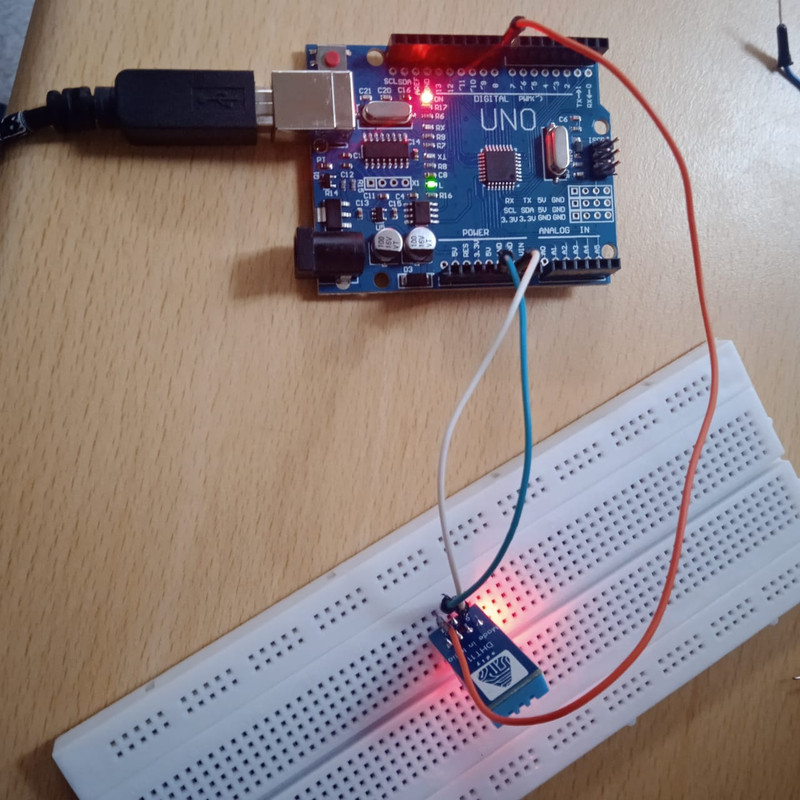
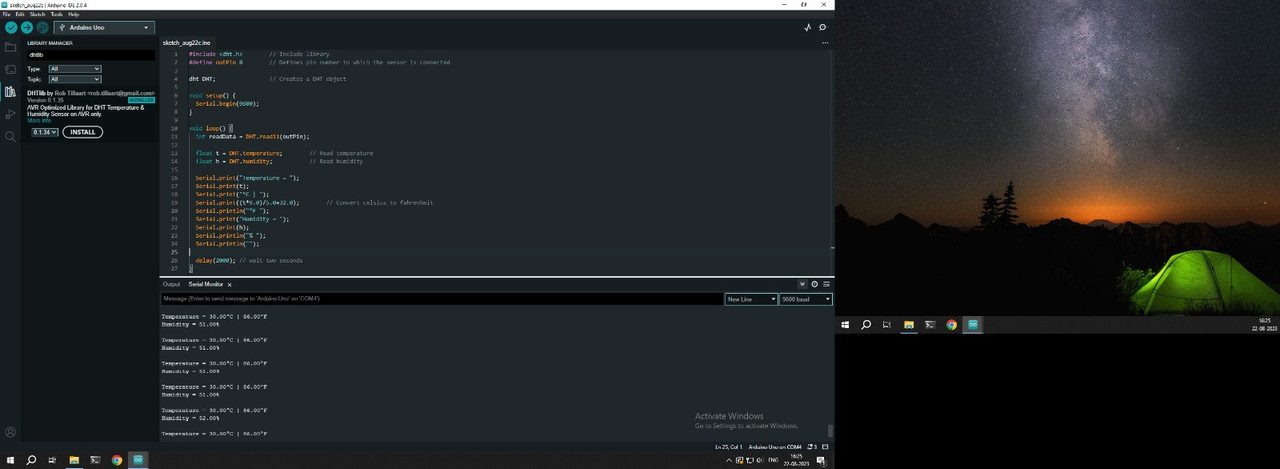
Skills & knowledge acquired: DHT-11 is a basic digital temperature and humidity sensor which comes with built-in circuits for measuring temperature and humidity. It is more accurate than an analog sensor. For sensing humidity, DHT-11 has a resistive component that has two electrodes with a moisture-holding substrate between them which absorbs water vapors and releases ions that increase the conductivity between the electrodes. When there’s higher relative humidity, the resistance between the electrodes is reduced, and when there’s a lower relative humidity, the resistance between electrodes is increased. This change in resistance is proportional to the relative humidity.
For sensing temperature, the DHT-11 has an NTC Thermistor(thermal resistor). It has a negative temperature coefficient, so its resistance decreases with increases in temperature.
8. BLDC Motor & Hall Effect sensor:
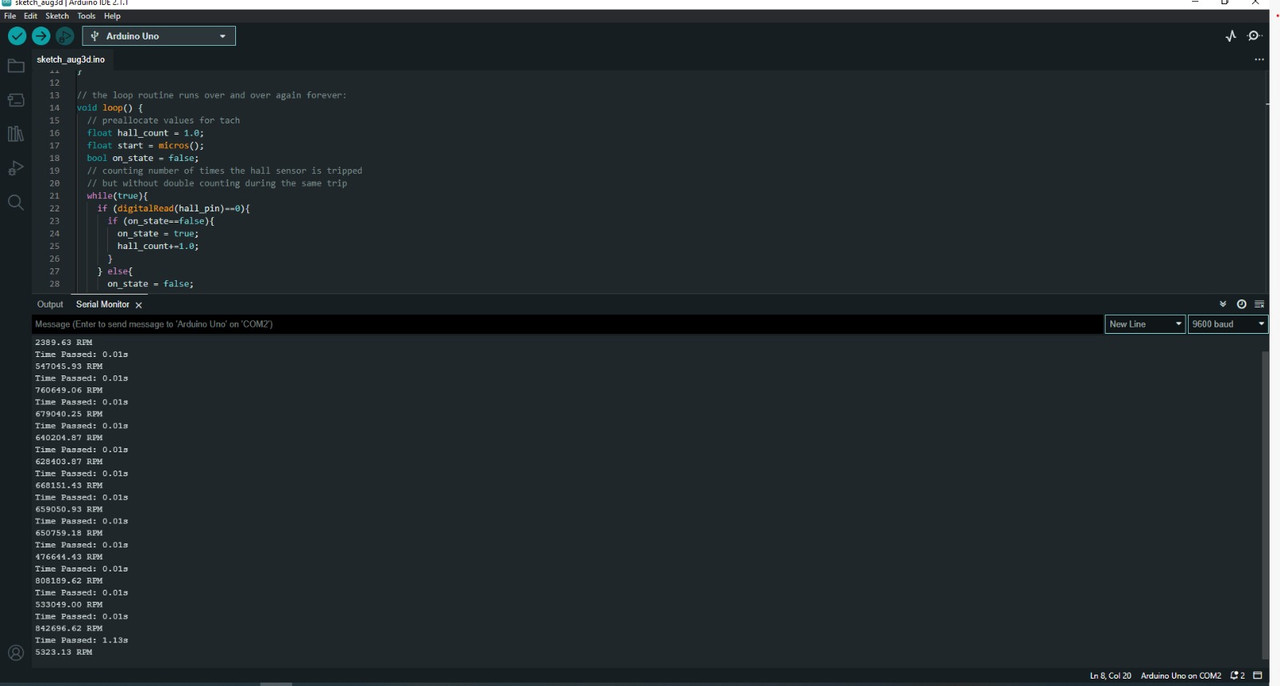
Skills & knowledge acquired: The hall effect sensor works on the principle of a tachometer which is a useful tool for calculating the rotational motion of a part. Tachometers read out revolutions per minute (RPM), which tells the user how often a rotating part completes one full rotation.
The hall effect is a relationship between electric and magnetic fields through a semiconductor that allows electricity to flow when a magnetic field is applied within the vicinity of the sensor. Here, I used a unipolar hall effect sensor, where only one pole of magnet is needed. This allows us to stick a neodymium magnet to a moving object (motor fan) and as it cycles through its rotation, each time it passes the hall sensor, the hall sensor registers its passing. When the magnet comes closer to the sensor, it gives a LOW value when paired with the Arduino and vice versa.
9. Battery Charging:

Skills & knowledge acquired: Charging a Lithium-ion battery by a 6V Solar Cell (mini solar panel) via a TP4056 Li-Ion Battery Charging Module which acts as a solar charge controller in this case. It works on the principle of converting Solar Energy (Renewable Energy) into current. The Schottky diode connected in between acts as an XFMR secondary current rectifier.
10. Solar Panel:
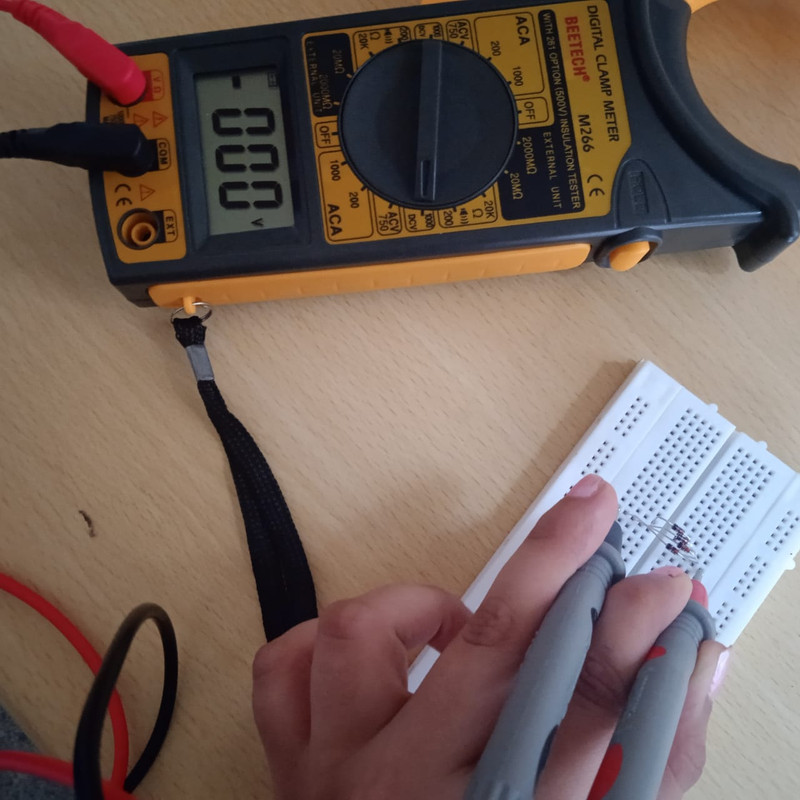
Skills & knowledge acquired: Learned to make a simple solar-panel prototype by connecting diodes in parallel to one another.
11. Solar Tracker:
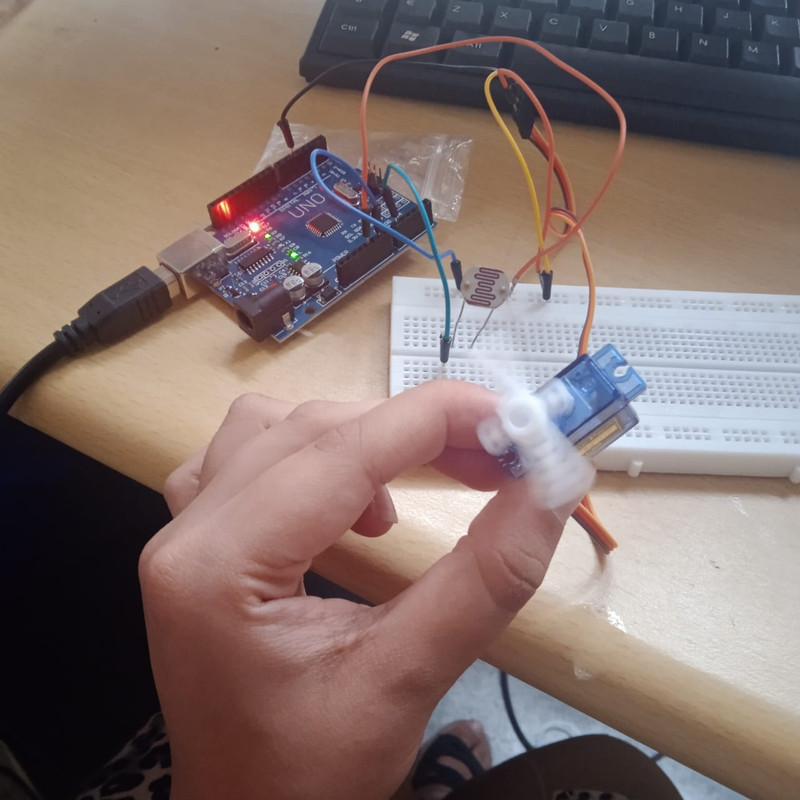
Skills & knowledge acquired: Learning to design and implement a prototype system using a microservo where the solar panel follows the sun's rays to maximize the energy absorbed by the solar panel. The solar tracker is controlled automatically using a Light Dependent Resistor(LDR).
12. PIR Security System:
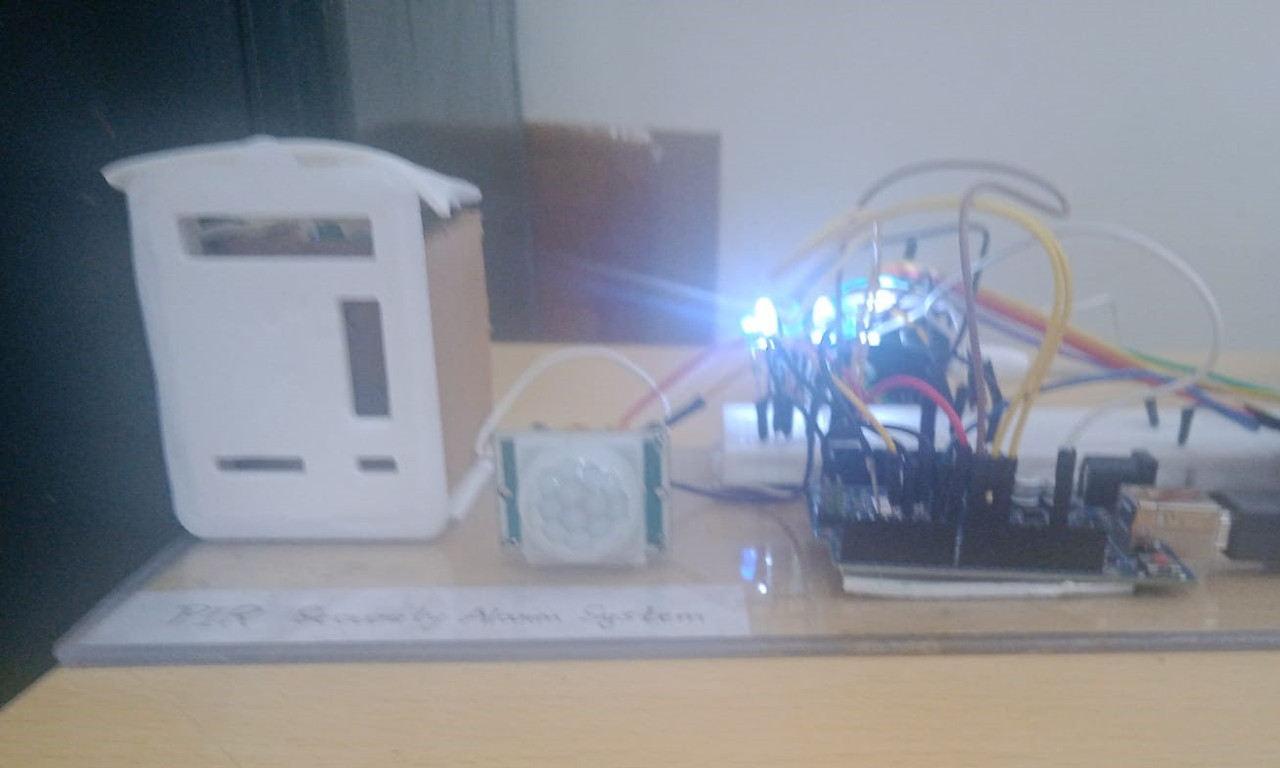
Skills & knowledge acquired: Learning how PIR sensors work and how they detect motion by sensing changes in infrared radiation. Gained knowledge in processing sensor signals and converting them into meaningful data. Understanding how to use conditional statements in the code to respond to specific sensor inputs. Learnt to vary the sensitivity and radius length of the PIR sensor's detection. Learnt about voltage regulation to ensure stable operation.
13. Obstacle Detecting Vehicle with Air Quality Monitoring System:
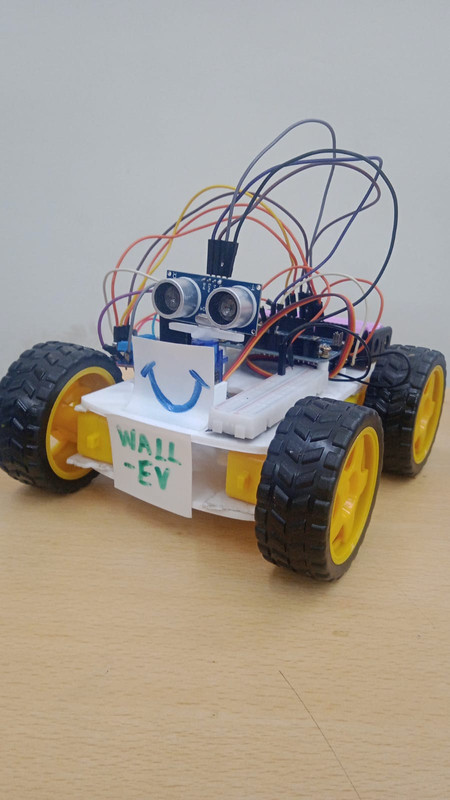
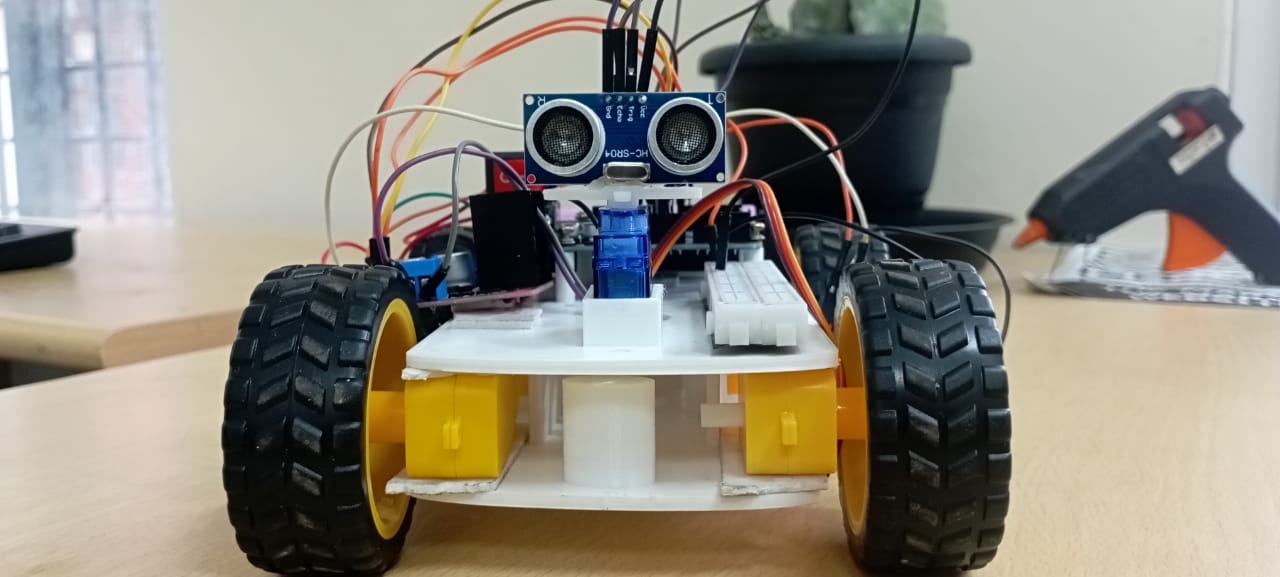
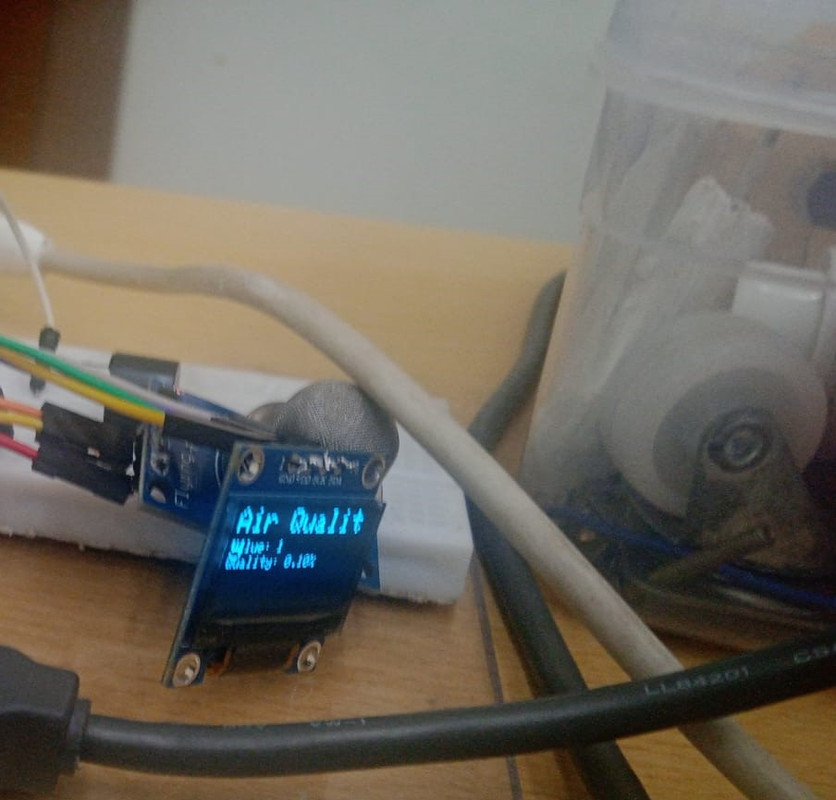
Skills & knowledge acquired: Learnt to use and function the following: ESP8266 Microcontroller, IOT platform ThingSpeak, MQ135 gas sensor and its various features and calibration, interfacing and displaying real-time data on OLED. Learnt how to send sensor data to the cloud for monitoring and analysis. Understanding the power requirements of the project and how to use lithium batteries. Gained knowledge in power management and conservation for efficient operation. Understanding PWM (Pulse Width Modulation) for speed control. Learnt how to monitor air quality parameters and interpret sensor readings and make decisions based on them. Encountering and troubleshooting various issues that arised during the project. Developed problem-solving and debugging skills for both hardware and software.
